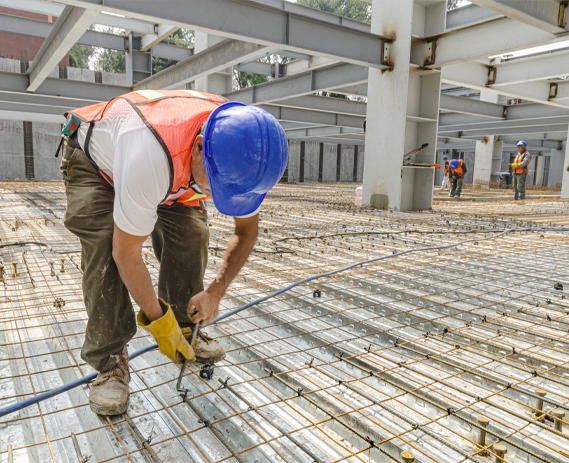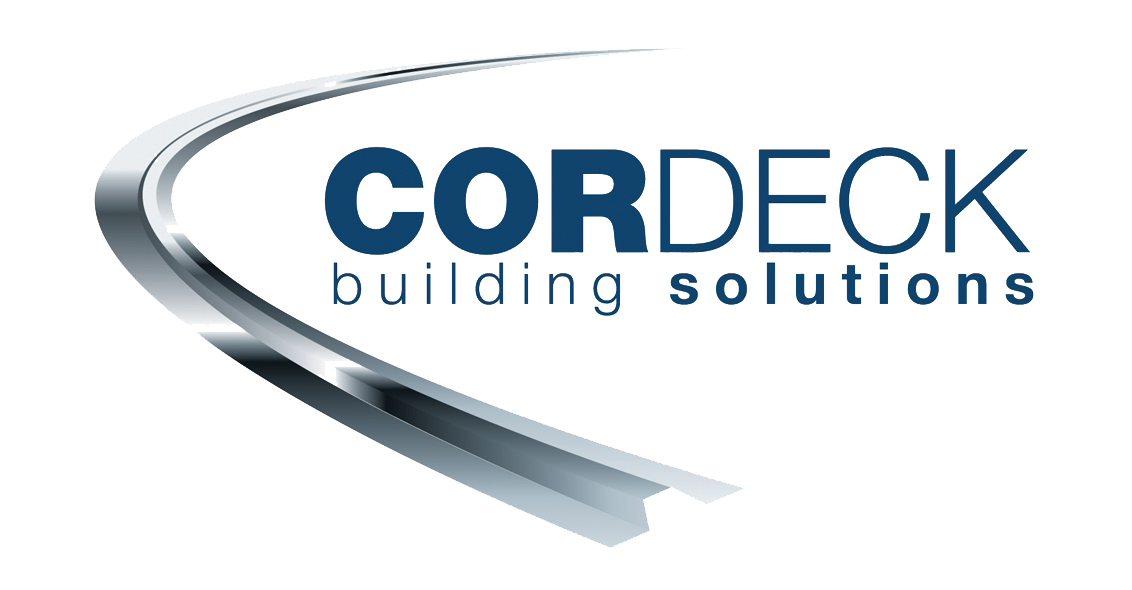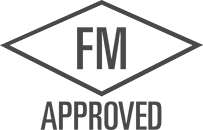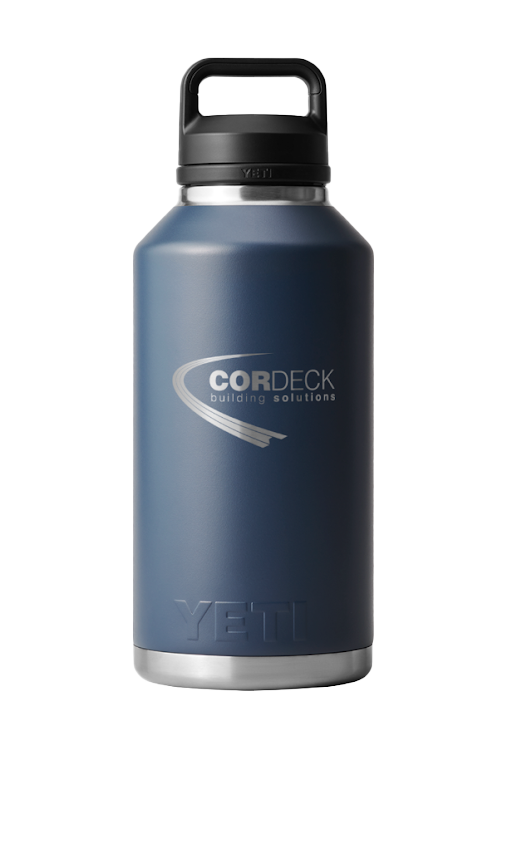Positive Momentum in Commercial Construction: Trends for Late 2024 and What to Expect in 2025
At Cordeck, our approach has always been driven by data and a deep understanding of market trends. This focus allows us to continuously expand our footprint, provide thought leadership, and help our clients navigate the complex landscape of the commercial construction industry. Established in 1994, Cordeck is a family-owned and operated, full-service manufacturer of high-quality steel decking and metal deck accessories. We are committed to building strong, long-lasting relationships with our customers and go above and beyond to support their success, offering full project management and expert engineering services from concept to completion. As we look ahead to the future of the commercial construction market, the trends emerging in 2024 provide valuable insights into what to expect in 2025 and how to prepare for continued growth.
Construction Spending: Strong Year-Over-Year Growth
As of July 2024, construction spending in the U.S. stood at a seasonally adjusted annual rate of $2,162.7 billion, representing a 6.7% increase over July 2023. Despite a slight dip of 0.3% from June to July, spending in the first seven months of 2024 reached $1,237.5 billion, marking an 8.8% increase compared to the same period in 2023. This growth is notable in the nonresidential segment, driven by increased demand for facilities like warehouses, healthcare buildings, and energy projects (ConstructConnect)(Deloitte United States).
Dodge Momentum Index: Predicting Future Activity
A key indicator of future construction activity is the Dodge Momentum Index (DMI), which rose 2.9% in August 2024, reaching 220.4. This reflects substantial growth compared to the previous year, with the DMI being 31% higher than in August 2023. The commercial planning segment saw a 42% increase year-over-year, while the institutional segment grew by 8% (PCL Construction). The upward trend in the DMI suggests a robust pipeline of projects set to break ground in the coming months, highlighting positive momentum in both commercial and institutional construction.
Key Drivers in Commercial Construction
Several factors are contributing to this growth in the commercial construction market:
- Data Centers and Technology Infrastructure: Data centers have been a major focus in commercial planning, particularly as demand for digital infrastructure continues to rise. Although the pace of new project planning slowed slightly in August, it remains a critical area of investment. Notable projects include the $500 million Tract Data Center Complex in Arizona and the $462 million KDC Data Center Campus in Texas, both entering the planning stage in August 2024 (Deloitte United States).
- Healthcare Facilities: Healthcare has emerged as a primary driver in the institutional sector. Projects like the $440 million Geisinger Medical Center Tower in Pennsylvania illustrate the ongoing need for expanded medical services and updated healthcare infrastructure. As populations grow and age, these investments are likely to continue through 2025, providing a steady stream of work for contractors (PCL Construction).
Warehouse and Logistics Projects: After a slowdown in recent years, warehouse projects have regained momentum, reflecting the ongoing need for improved supply chain infrastructure. As e-commerce continues to expand, the demand for modern, efficient storage and distribution centers remains high (Deloitte United States).

Employment Growth in Nonresidential Construction
The construction industry’s labor market also reflects the positive trends in commercial building. In August 2024, the industry added 34,000 jobs, with 28,300 of those positions in the nonresidential construction sector. The majority of these gains came from nonresidential specialty trades, which saw an increase of 14,000 jobs, while heavy and civil engineering added 13,500 jobs (Interact Analysis). The rise in employment is a sign of increased activity in the commercial construction sector, as companies expand their workforces to meet the demand for new projects.
Conclusion: A Positive Outlook for the Commercial Sector
As the construction market moves toward 2025, we remain focused on supporting the commercial sector’s growth with expert engineering, project management, and a comprehensive suite of steel decking solutions.
The positive trends in commercial construction—driven by data centers, healthcare facilities, and federal investment—present significant opportunities for contractors and businesses as we move toward 2025. With steady growth in construction spending and a robust pipeline of projects, the outlook remains bright despite challenges like labor shortages and fluctuating costs.
For businesses in the commercial construction industry, now is the time to align strategies with emerging trends, invest in workforce development, and position themselves to capitalize on the wave of new projects expected in 2025. As the demand for infrastructure and specialized facilities continues to rise, the sector is set to play a key role in shaping the economic landscape of the coming year. And with Cordeck’s support, you can be sure you’re building on a strong foundation for the future.




